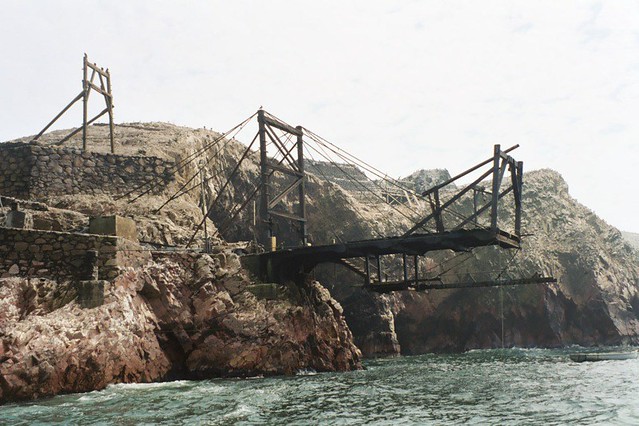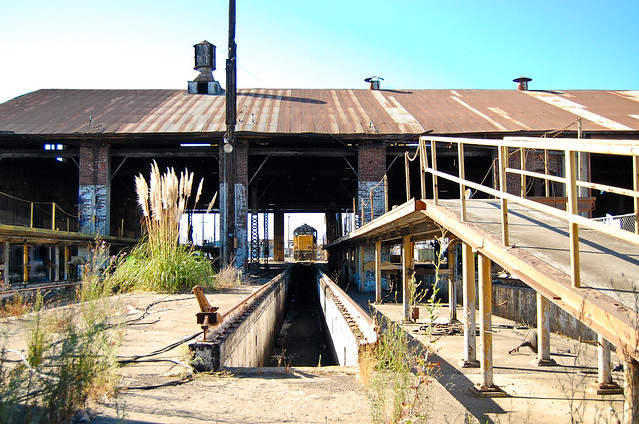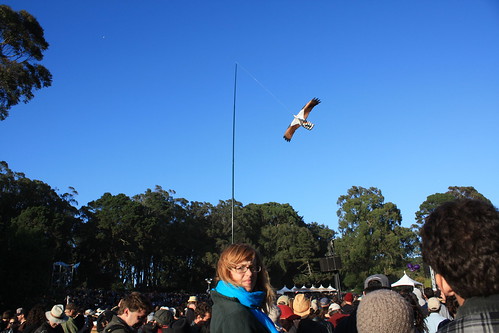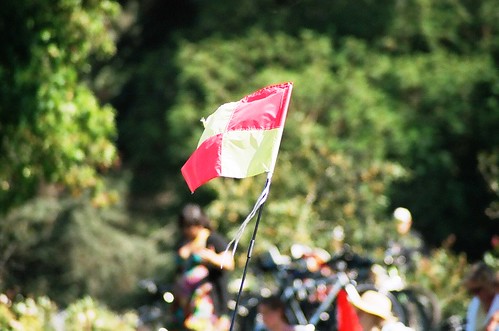link it up
I've finally got around to updating the other webpages I link to on the Built Environment Blog and I thought I'd highlight a few of the new additions.
 | |
| Guano Loading Infrastructure, Peru. From Oliver Whiteside via F.A.D. |
One of my very favorite reads these days is Free Association Design, a tangent-rich blog based in Portland. I can't remember how I came across F.A.D. at first, but I became a regular reader after reading a post on Reclaiming the Florida Everglades. I was impressed by its surefooted explanations of the complex biological, economic and political forces at work in that unique environment. (I like the posts on goats and bird poop, too.)
Although I've seriously reduced the number of NYC and Brooklyn blogs I read, I've added Urban Omnibus to the list of Empire State blogs I follow. This week I'm particularly delighted to link to them as they feature Underline, a project by a good friend and UC Berkeley classmate. While Underline is a site-specific intervention suspended in the negative space between the Culver Viaduct and the Gowanus Canal in Brooklyn, the project makes an important point about how we think about leveraging the structures we already have in cities -- an oft overlooked element of sustainable urban design.
 | |
| Underline Section. By John McGill, via Urban Omnibus |
I would be very impressed if any of my readers noticed that the link to the defunct Polis blog, once written by Slackonomics author and Forum for Urban Design executive director Lisa Chamberlain, was replaced with the Polis blog, an international group blog distantly related to the now defunct Where blog, where I was briefly a contributor a couple years ago.
Moving to San Francisco has brought other new awesome stuff to my attention. Ever since they gave me a free membership after I caught them poaching one of my flickr photos without credit for their magazine Urbanist, I've been a huge fan of SPUR. Besides fighting the good fight for San Francisco, the events they put on at their downtown headquarters are lots of fun. (If you haven't seen it yet, you've got two more days to see the DIY Urbanism exhibition.)
 |
| Southern Pacific Diesel Shop. Demolished October 2010. Photo by Todd Lappin. |
I also have two new favorite San Francisco blogs. I've already posted to a map from Burrito Justice, so it's only fair to link to Telstar Logistics now. (Burrito Justice's "Know Your Trees" post is my go-to guide for San Francisco tree identification.) I must admit I'm totally incapable of categorizing Telstar Logistics into any specific kind of blog -- but it's great. Sadly, sometimes I learn about things from Telstar only when it's too late -- despite driving past it dozens of times, I never noticed the Southern Pacific Diesel Shop. (Another great San Francisco discovery has been the Flickr photostream of Eric Ficsher. His series of US city race and ethnicity maps are powerful.)
I've decided to keep up some of the other links I had on the old blog even though I haven't done the best job keeping up with them. In the process of pruning down the list, for example, I came back across Fogonazos, a Spanish blog I was never really able to fully read due to my mediocre language skills. Fortunately, videos of houses getting blown over in enormous wind tunnels are awesome in any language.




